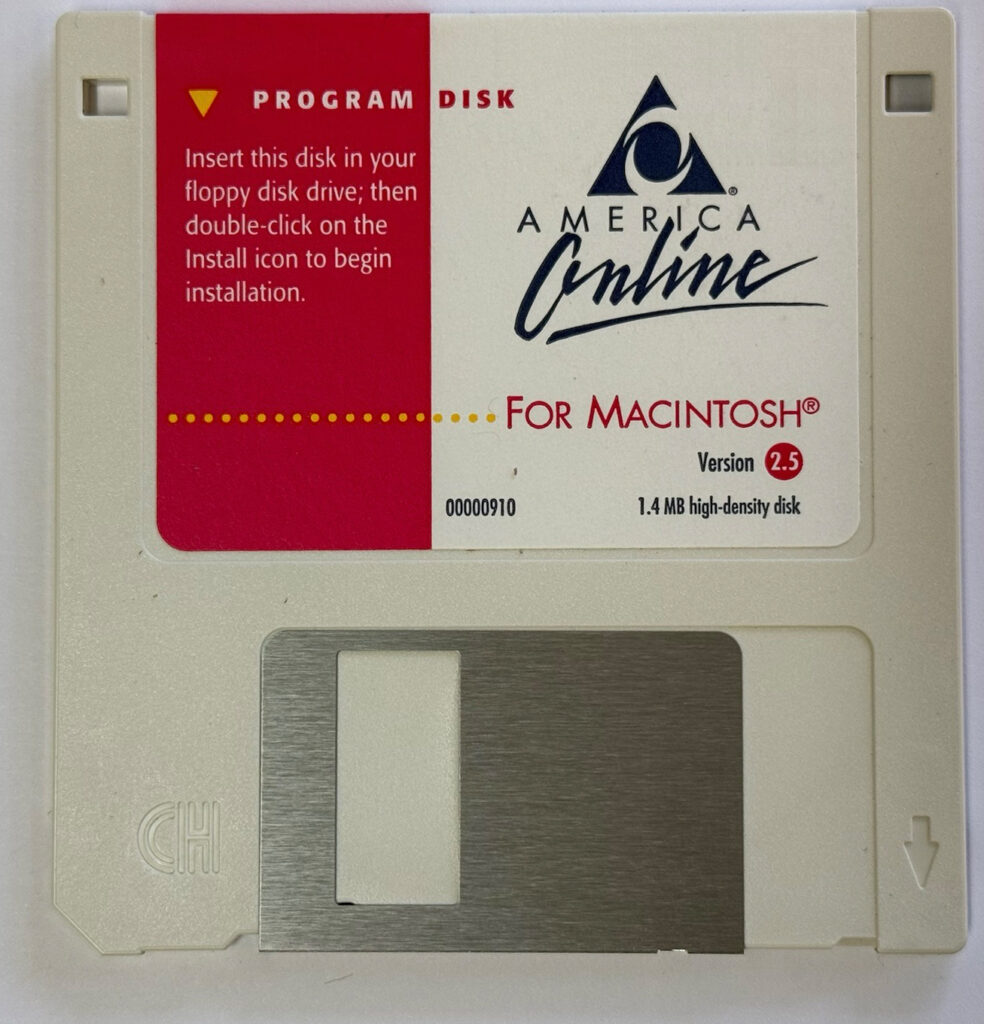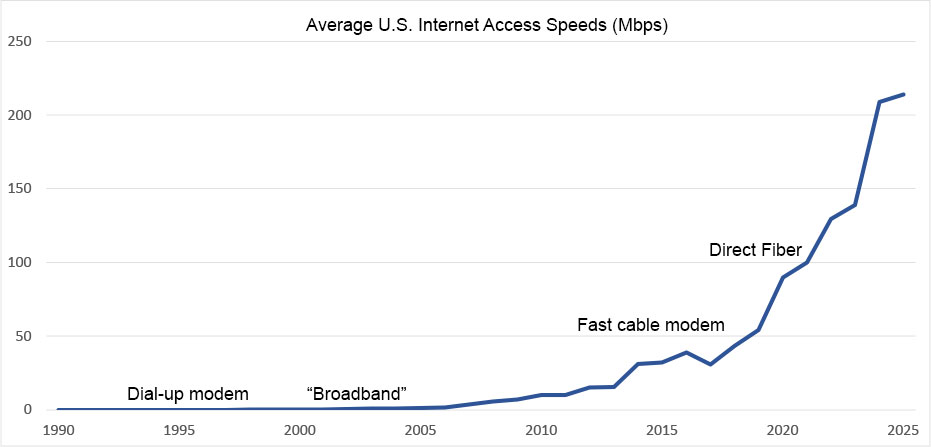In early 1995, when Alan started his easy-to-use dial-up Internet company, Open Door Networks, there was already a well established company leading that field: America Online.
AOL, as it would come to be named, already had well over a million users, and its “You’ve got mail!” greeting would even become the title of a popular 1998 movie. Having gone public in 1992, AOL would go on to have a peak market capitalization of over $200 billion, in the process acquiring internet startup Netscape and venerable media giant Time Warner. It would also blanket Americans’ mailboxes with marketing floppy disks.

Open Door Networks shut down its Internet dial-up before 2000 as it ramped up its work on the Ashland Fiber Network, which promised (and now delivers) speeds thousands of times faster. A quarter century later, AOL last week announced it would shut down its internet dial-up service later this year.
America Online’s rise and fall was tied directly to the speed at which Americans got online.

As the internet took off and the speed of dial-up modems increased (up to a blazingly fast 56 Kbps), so did AOL’s customers and its value. But as most other internet service providers (ISPs) saw Moore’s Law’s handwriting on the wall and switched over to new, faster access technologies, AOL was ultimately left behind.
Live by Moore’s law, die by Moore’s law.